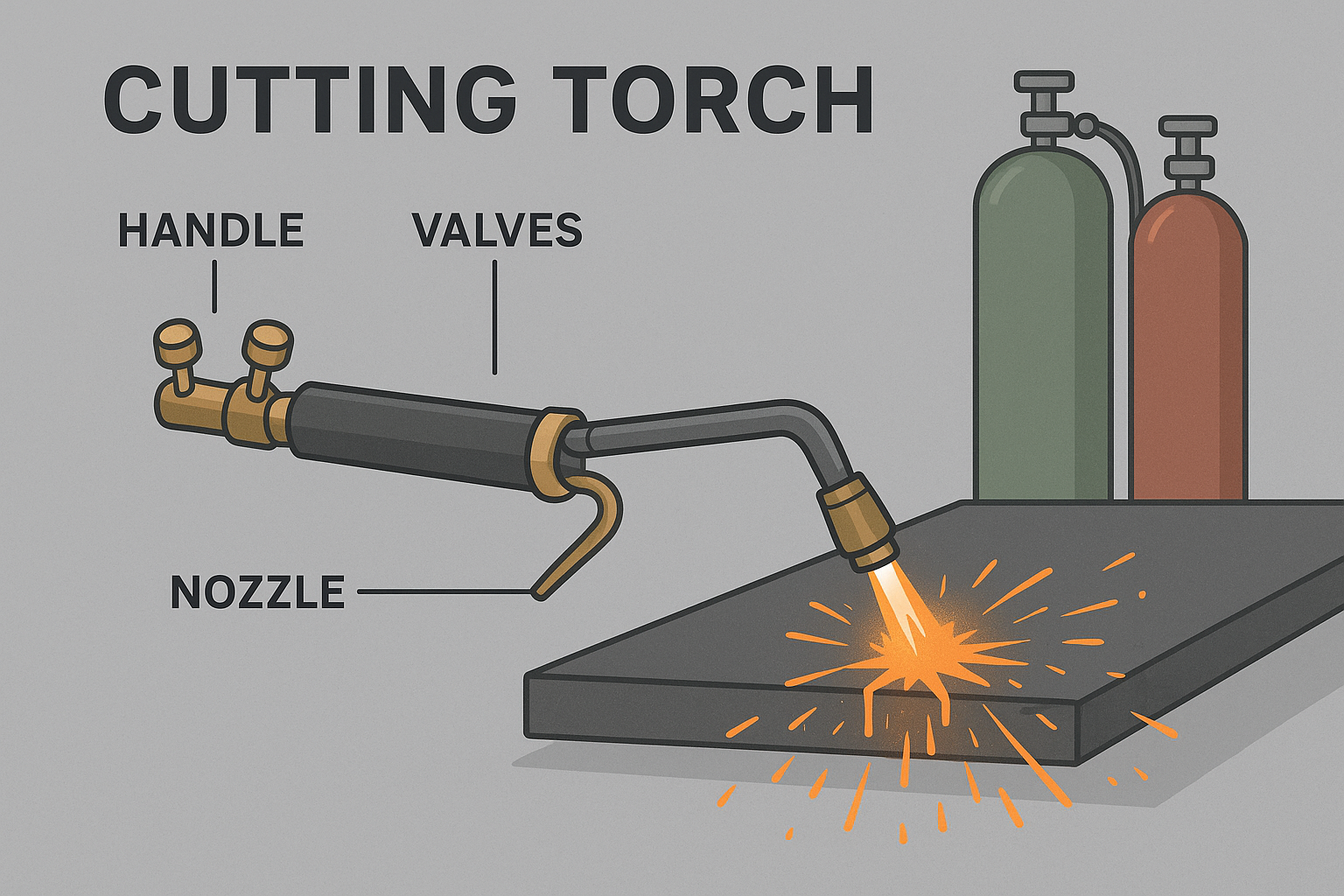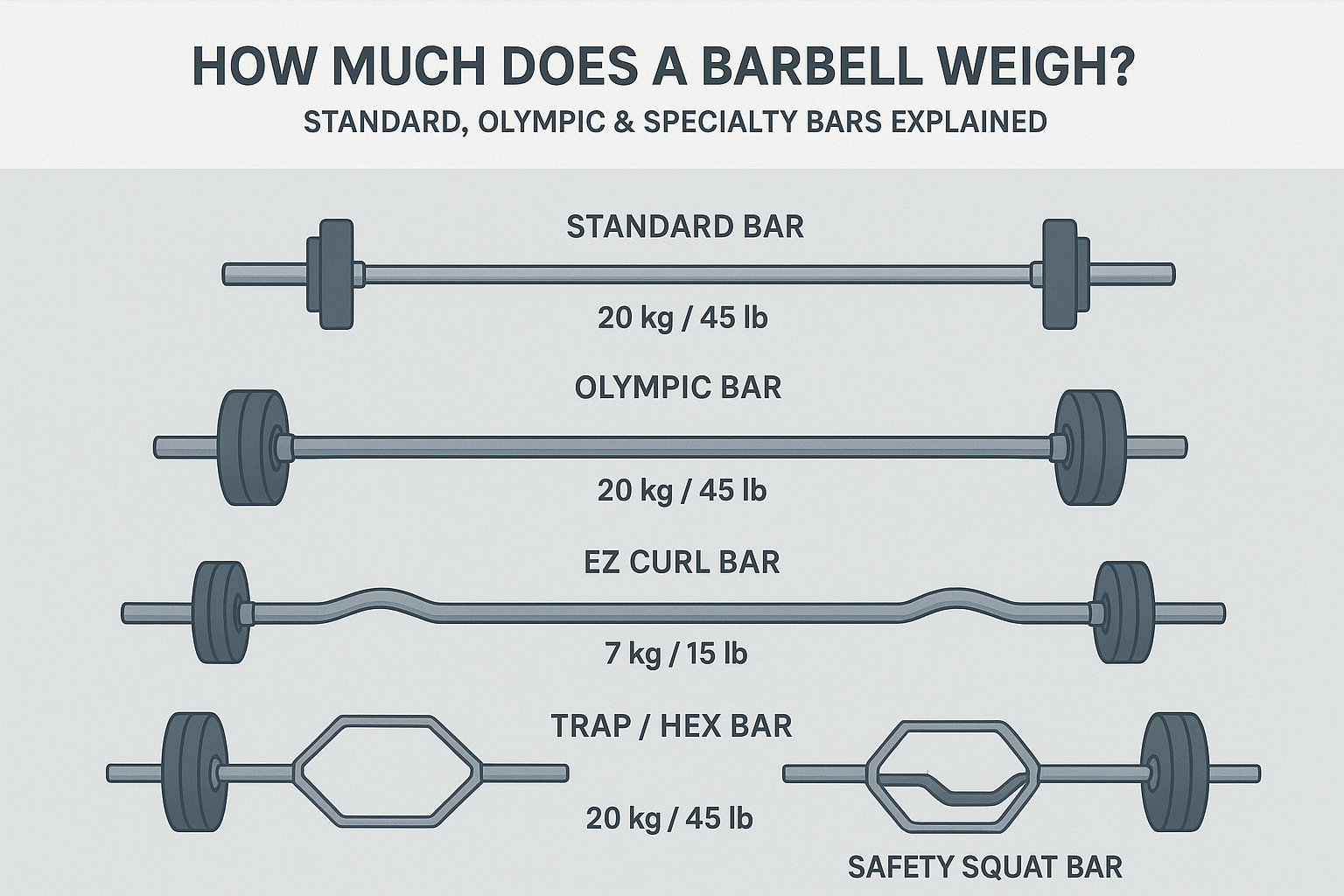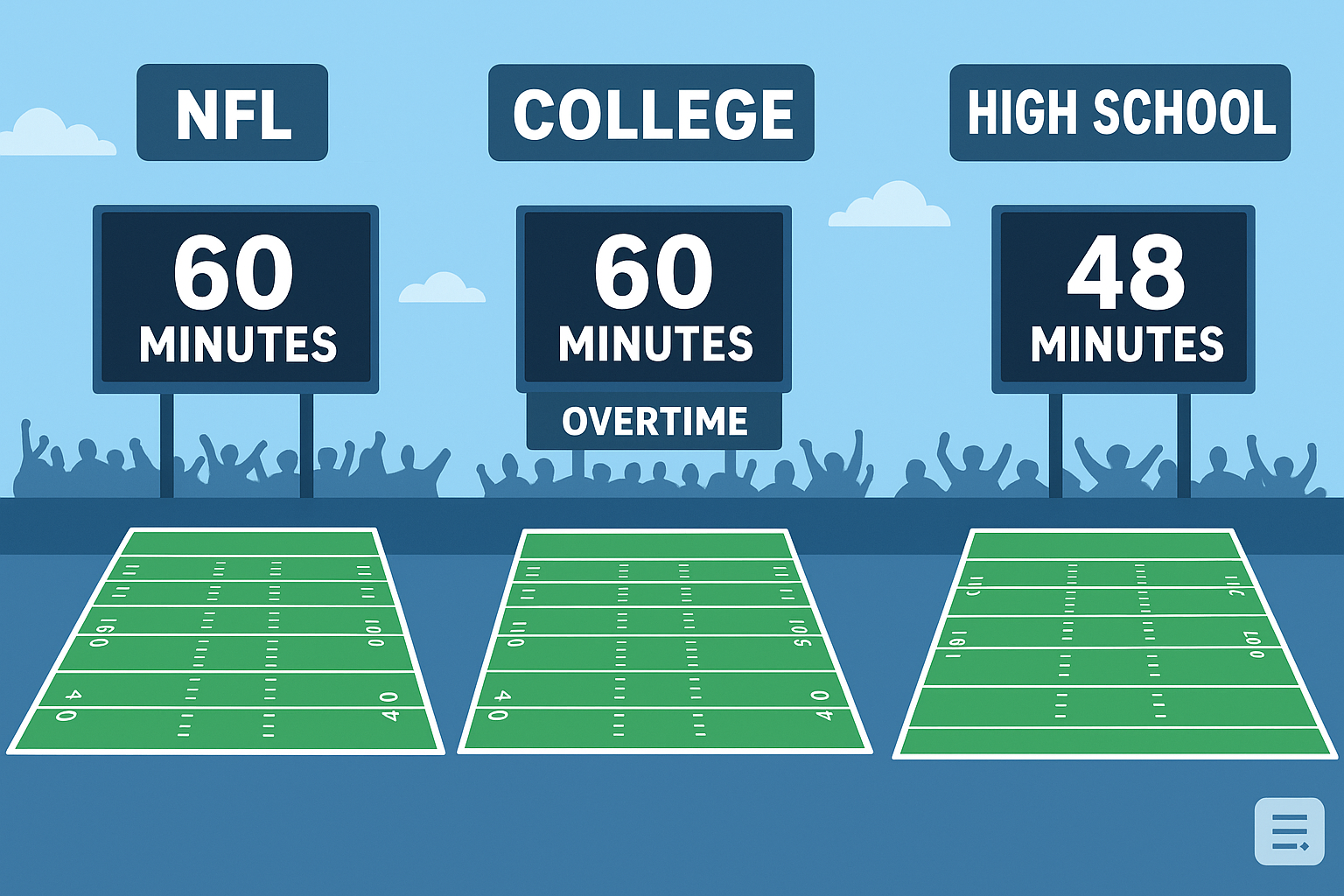Whether you’re stepping into the gym for the first time or refining your strength training routine, knowing how much a barbell weighs is crucial. Barbells aren’t one-size-fits-all — their weight varies depending on type, size, and purpose. From beginner-friendly training bars to professional Olympic bars, understanding barbell weight ensures you lift safely, progress effectively, and set realistic fitness goals.
In this guide, we’ll break down standard barbell weights, Olympic barbell weights, and specialty bars so you’ll never have to second-guess what’s on the rack again.
Why Knowing Barbell Weight Matters
Many beginners load plates onto a barbell without realizing that the bar itself already has weight. For example, a typical Olympic bar weighs 20 kg (44 lbs). If you add two 20 kg plates, you’re lifting 60 kg total, not just the plates.
This small detail can make a big difference:
- Accuracy → Track your progress correctly.
- Safety → Avoid lifting more than your joints and muscles can handle.
- Program consistency → Match the prescribed weights in your workout plan.
Just like maintaining your car with regular checks (see: How Long Does an Alignment Take?), understanding the fundamentals of your training equipment helps prevent injuries and keeps you performing at your best.
Standard Barbells: The Gym Essentials
Standard barbells are commonly found in home gyms and commercial fitness centers.
- Weight: Usually 15–20 lbs (7–9 kg) without plates.
- Length: Around 5–7 feet.
- Diameter: 25 mm (thinner than Olympic bars).
- Use: Perfect for beginners, curls, and lighter lifts.
👉 These are affordable, easy to handle, and best for recreational lifters who don’t need competition-level equipment.
Olympic Barbells: The Professional Choice
Olympic barbells are the gold standard in strength training and competitions.
- Weight:
- Men’s Olympic bar → 20 kg (44 lbs)
- Women’s Olympic bar → 15 kg (33 lbs)
- Length: 7.2 feet (men’s), 6.6 feet (women’s).
- Diameter: 28–29 mm (men’s), 25 mm (women’s).
- Special feature: Rotating sleeves to reduce stress on wrists and shoulders.
Olympic bars are designed for heavy compound lifts — bench press, squats, deadlifts, and Olympic lifts like clean & jerk.
Fun fact: Just as people debate How Much Do Braces Cost based on material and location, Olympic barbell costs can vary widely depending on steel quality, whip, and brand.
Specialty Barbells: Not All Bars Are Equal
Beyond the basics, gyms now feature specialty barbells designed to target different muscles and training styles.
- EZ Curl Bar
- Weight: 10–15 lbs (4–7 kg).
- Best for: Arm isolation (biceps, triceps).
- Trap/Hex Bar
- Weight: 45–60 lbs (20–27 kg).
- Best for: Deadlifts and shrugs with reduced lower-back strain.
- Safety Squat Bar (SSB)
- Weight: 60–70 lbs (27–32 kg).
- Best for: Squats with better shoulder comfort.
- Powerlifting Bar
- Weight: 20–25 kg (44–55 lbs).
- Best for: Deadlifts and squats — thicker grip and less whip.
- Training/Technique Bars
- Weight: 5–10 kg.
- Best for: Beginners learning form before loading heavy plates.
These specialty bars make strength training more customizable and joint-friendly, especially if you’re returning from an injury (similar to our guide on How to Start Working Out Again After a Knee Injury).
How to Tell How Much a Barbell Weighs
Not sure which bar you picked up? Here’s how to check:
- Ask gym staff — Most gyms know their equipment specs.
- Look for markings — Many barbells have the weight etched on the sleeve.
- Measure with a scale — Place the bar on a gym scale if allowed.
- Check the grip size — Thinner = standard, thicker = Olympic.
Tips for Training with Barbells Safely
- Warm up properly before lifting.
- Start with the empty bar to practice technique.
- Progress gradually — adding 2.5–5 kg per week is enough.
- Use collars to secure plates.
- Don’t ego lift — technique matters more than numbers.
Think of barbell progression like maintaining balance in other areas of life. Just as you wouldn’t drive on a spare tire for too long (see: How Long Can You Drive on a Spare Tire), you shouldn’t overload your bar too soon without proper form and recovery.
Final Word: How Much Does a Barbell Weigh?
The answer depends on the type:
- Standard barbell → 15–20 lbs
- Men’s Olympic barbell → 20 kg (44 lbs)
- Women’s Olympic barbell → 15 kg (33 lbs)
- Specialty bars → 10–70 lbs, depending on design
Knowing these weights helps you train smarter, prevent injury, and track progress accurately. Whether you’re lifting for general fitness, aesthetics, or competitive strength, the right barbell weight sets the foundation for success.












